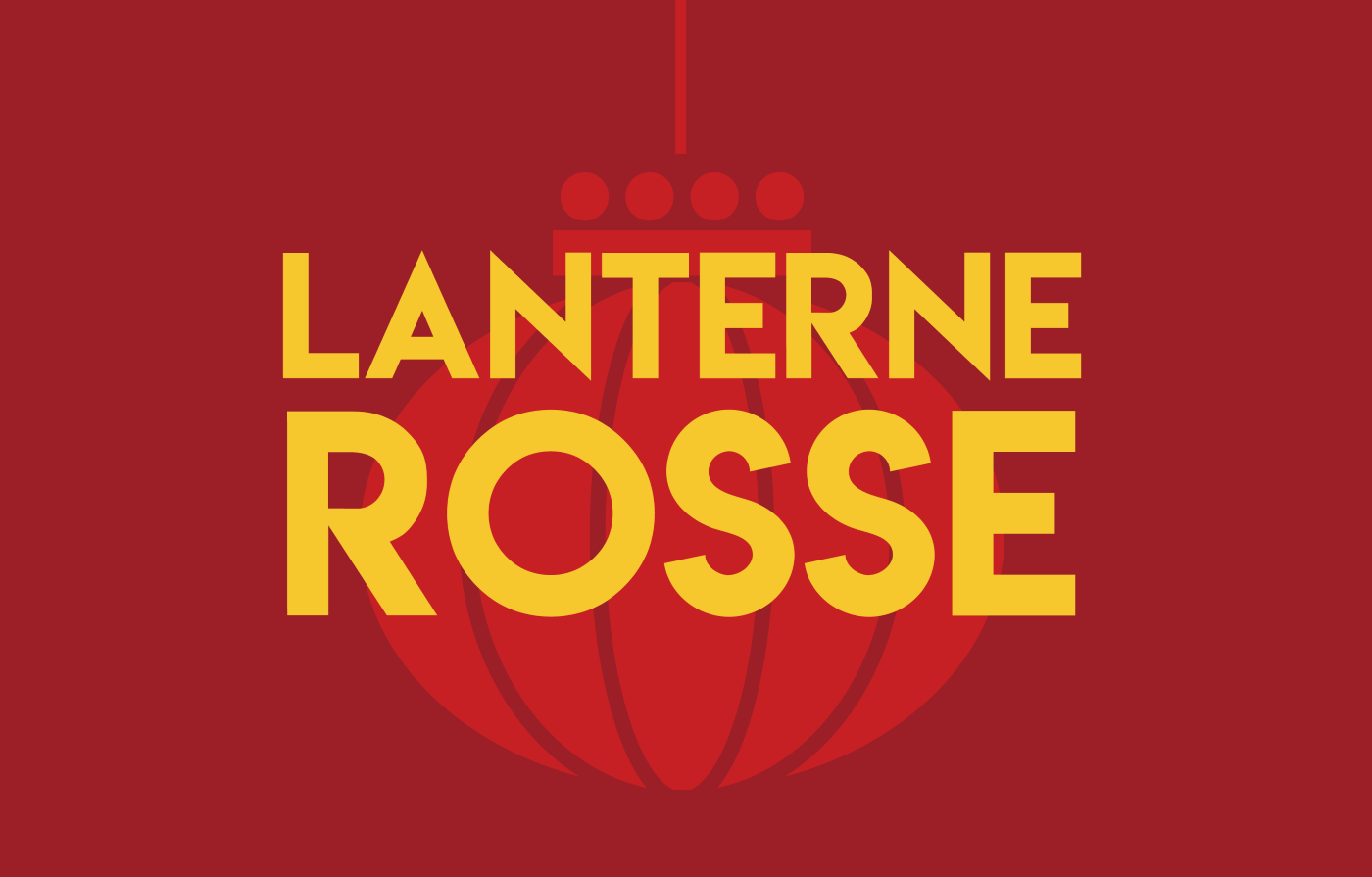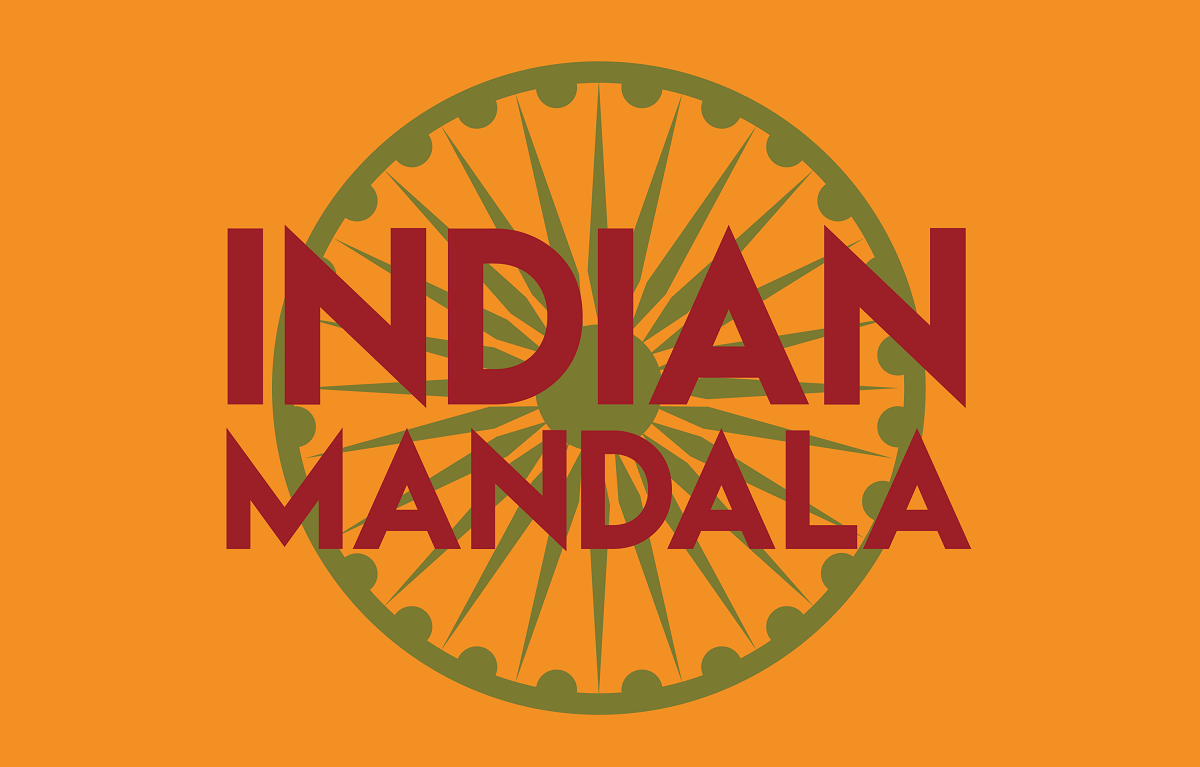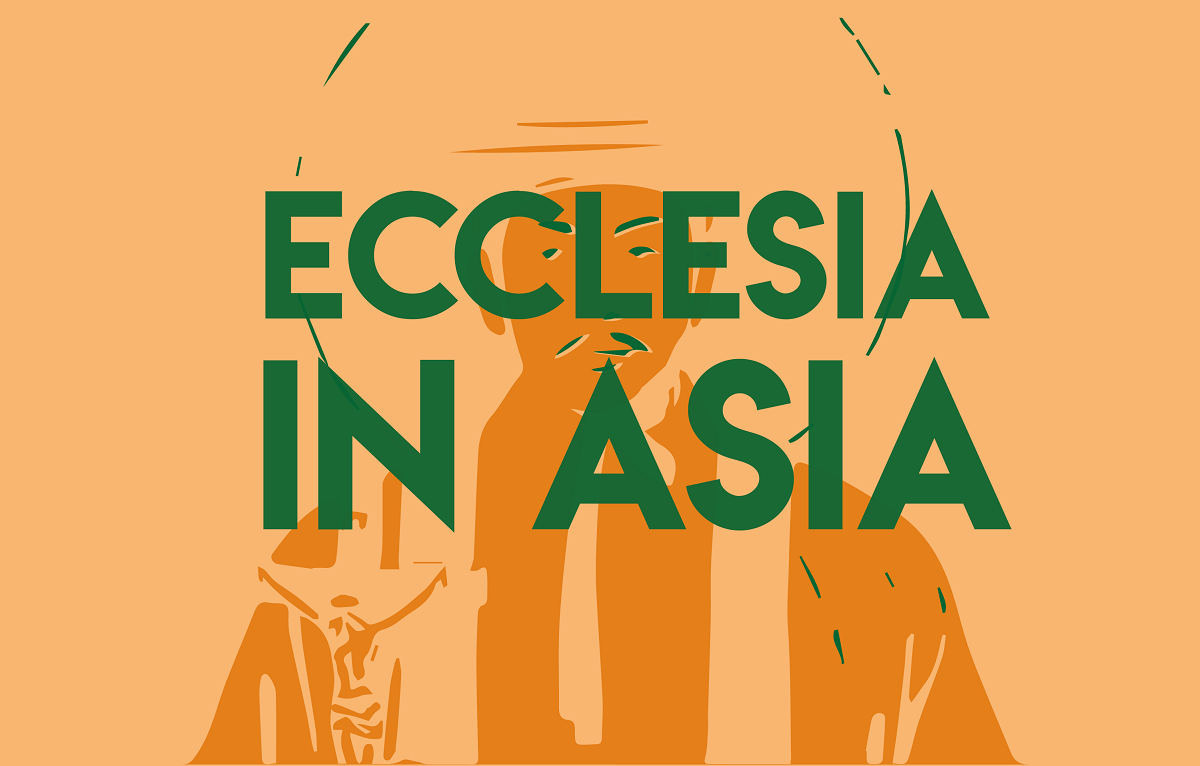China's Role in poor countries' debt
A report by the Lowy Institute highlights that China is expected to receive this year some US$ 22 billion in interest on debt from countries that the UN classifies as most fragile. This figure is far higher than new loans China currently grants per year. For 54 countries, China holds more shares of bilateral debt than all the countries of the Paris Club put together. The numbers are significant also considering the appeal Pope Francis made for debt cancellation on the occasion of the Jubilee.
Milan (AsiaNews/Agencies) – The issue of the debt of poor countries is one of the topics that Pope Francis wanted at the centre of this year’s Jubilee, appealing “to the more affluent nations” in the bull of indiction Spe non confundit to “forgive the debts of countries that will never be able to repay them.”
In a few weeks (20 June), the Pontifical Academy of Social Sciences plans to present in Rome a white paper prepared by a commission of experts chaired by Joseph Stiglitz, Nobel Prize laureate for economics and professor at Columbia University in New York.
The document includes proposals on how to reform the global financial framework to tackle this problem which, as AsiaNews reported a few months ago, has re-emerged in a heartbreaking way in many parts of the world.
Against this backdrop, the Australia-based Lowy Institute has studied the crucial role played today by China in the debt of poor countries, recently releasing a very interesting report on the matter.
The core of the Institute’s research is one fact: After making generous loans during the first phase of the Belt and Road Initiative, Beijing now receives annually much more from poor countries in interest on the debt than in new credits it provides.
It is not easy to come up with figures, because one of the big problems is the lack of transparency that the People's Republic of China maintains on this type of operation, and also the difficulty of establishing a boundary between what is bilateral debt – that is, the result of direct agreements with the Chinese government – and the loans granted by Chinese commercial banks that operate in the shadow of public institutions.
This is why the work of the Lowy Institute is invaluable, having patiently cross-referenced the available sources that are essentially based on what debtor countries declare before international organisations.
Based on estimates, the report claims that this year China should collect US$ 35 billion in interest on the debt; US$ 22 billion linked to loans granted to the 75 most vulnerable countries in the world according to the United Nations classification. By comparison, since the COVID-19 pandemic, Beijing's commitment to development financing has dropped dramatically and in recent years stands at around US$ 7 billion in new loans per year.
According to the Lowy Institute, China is now in the peak phase of debt interest collection, since the credits issued during the boom years of the Belt and Road Initiative have matured (in 2016, Beijing issued US$ 50 billion in loans, a figure higher than the sum of those allocated by all Western countries that year).
For this reason, “China is the largest source of bilateral debt service for developing countries, accounting for more than 30% of all such payments in 2025,” reads the report by the Australian think thank citing World Bank data.
This is unprecedented since “No single bilateral creditor has been responsible for such a large share of developing country debt service in the past 50 years.
For the 54 of 120 developing countries with available data, “debt service payments to China now exceed the combined payments owed to the Paris Club — a bloc that includes all major Western bilateral lenders.” What is more, China “ranks among the top five in three‑quarters of all developing countries.”
Another fact must be added to this picture, namely the rising importance of private investors in the international debt market of developing countries compared to bilateral debt.
According to a study by UNCTAD published last year, banks and investment funds now hold 61 per cent of the entire debt. For this reason too, it is crucial to have more transparency from China to have a clearer picture of the situation.
The Lowy Institute report also focuses on the strategies with which Beijing continues to extend loans. It notes how – with the overall reduction due to the slowdown of its economy – it has concentrated lending on three directions.
The first one is neighbouring countries (Laos, Pakistan, Mongolia, Myanmar, Kazakhstan, Kyrgyzstan, and Tajikistan).
The second group of strategic countries is based on the “One China” policy vis-à-vis the Taiwan issue. In recent years, the Dominican Republic, Burkina Faso, the Solomon Islands, Nicaragua, and Honduras received Chinese loans within 18 months of switching recognition from Taipei to Beijing.
The third group of strategic countries supply China with critical raw materials and minerals, such as Argentina (before the Milei administration), Brazil, the Democratic Republic of Congo, and Indonesia.
In this situation, what position will China take with respect to the problem of the debt of poor countries? According to the Lowy Institute, it is at a crossroads between two contrasting forces.
On the one hand, there is the political interest in adopting initiatives that ease the burden of these loans, with the political objective of strengthening ties with the global South, especially at a historical juncture in which Trump is pushing the United States towards isolationism (including with cuts to USAID) while Europe appears to be pulling back.
However, Beijing must also deal with the opposite push from within. Faced with its internal economic difficulties, part of its financial system is pushing for the repayment of the loans.
The interaction of these two opposing pushes has so far led Chinese authorities to choose the path of debt deferral rather than debt forgiveness: this has already happened, for example, in the bilateral agreements signed with Zambia, Laos and the Democratic Republic of Congo.
Past experiences show, however, that this option does not solve problems; at best, it puts them off for a while with the risk of making them worse.
In fact, Beijing prefers to downplay the issue altogether in its public statements. Answering a reporter's question about the Lowy Institute report, Foreign Ministry spokeswoman Mao Ning said the other day that China's role in investment and financing with developing countries follows international standards, market principles, and the principle of debt sustainability.
Instead, blame lies with other countries who are spreading what she calls a “China debt responsibility” narrative, ignoring that multilateral financial institutions and commercial creditors of developed countries are the main creditors of developing countries and the main source of pressure for debt repayment. Ultimately, in her view, “falsehoods cannot obscure the truth”.
RED LANTERNS IS THE ASIANEWS NEWSLETTER DEDICATED TO CHINA. WOULD YOU LIKE TO RECEIVE IT EVERY THURSDAY? TO SUBSCRIBE, CLICK HERE.
15/10/2022 09:04
11/03/2020 15:05







.png)










